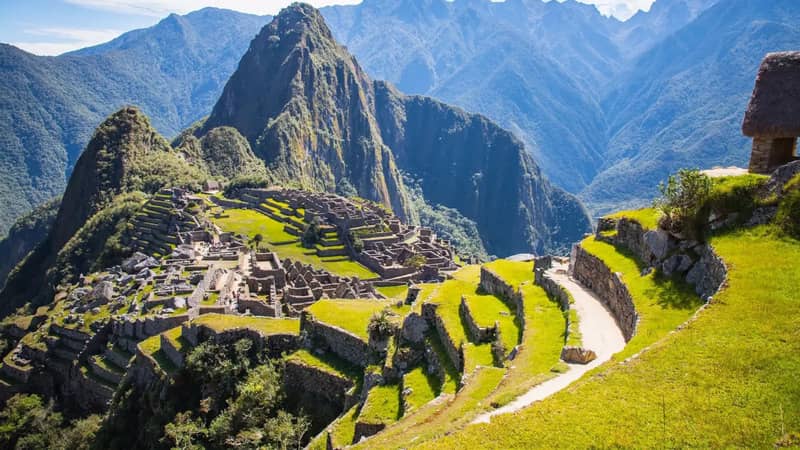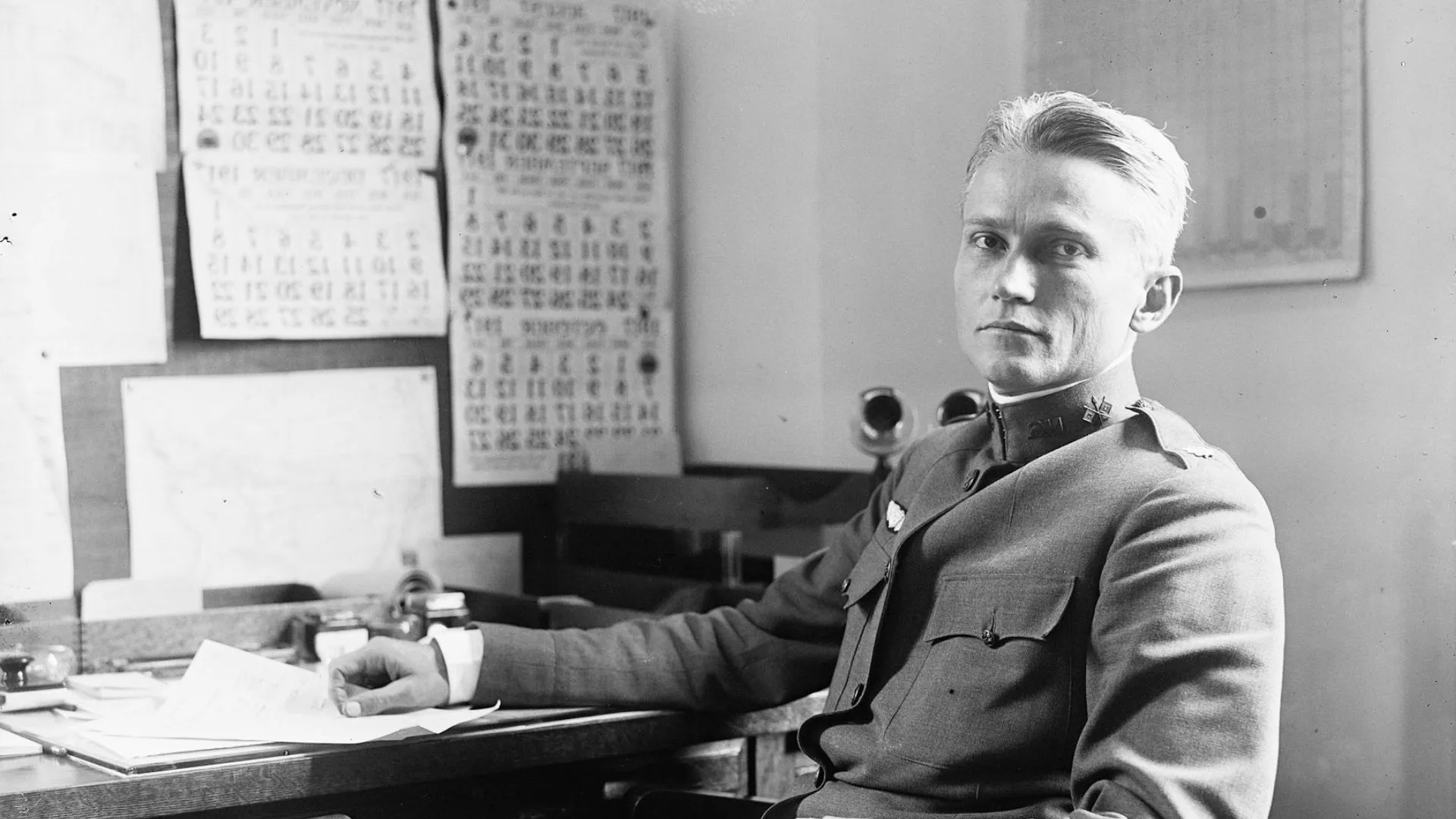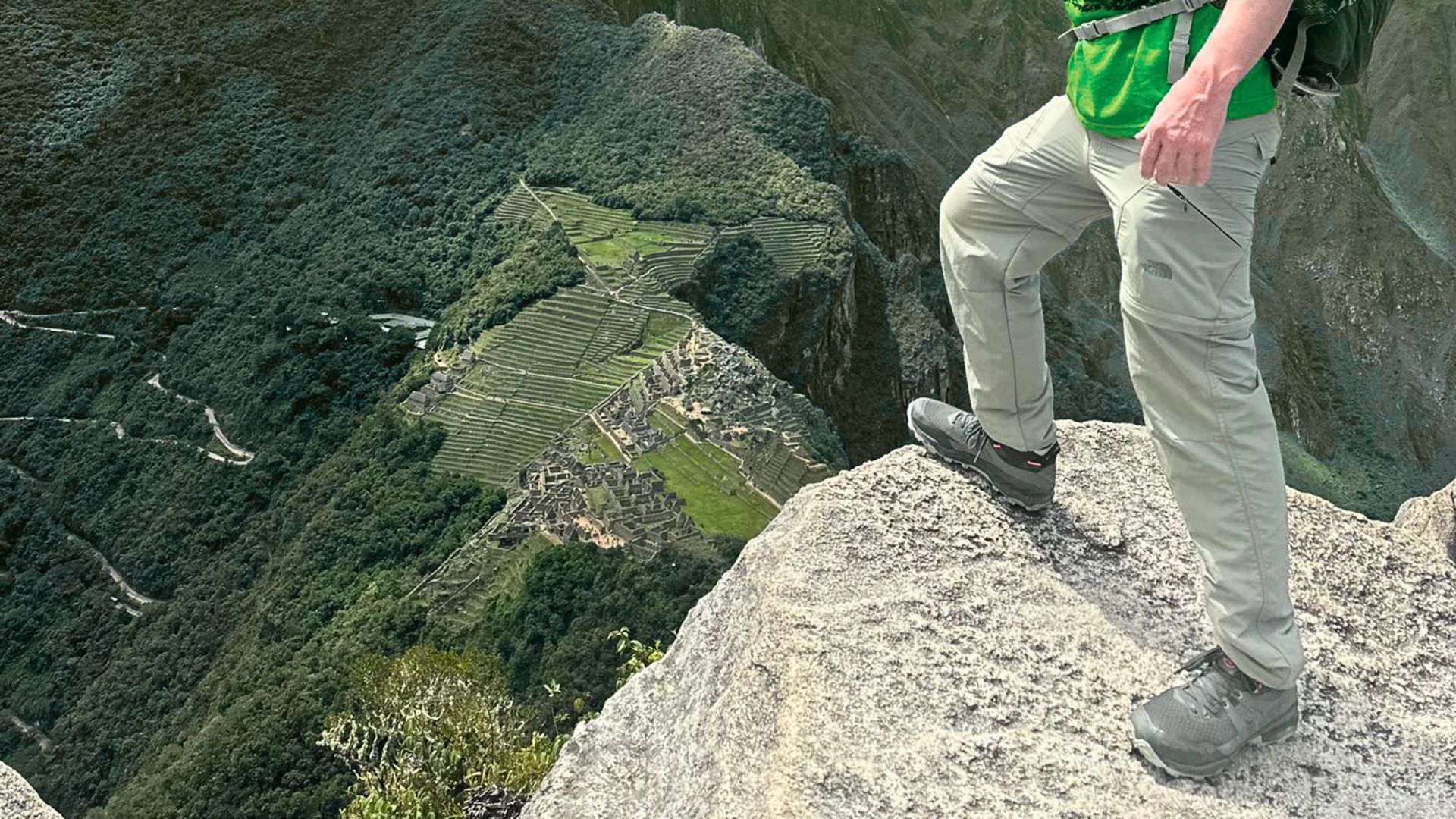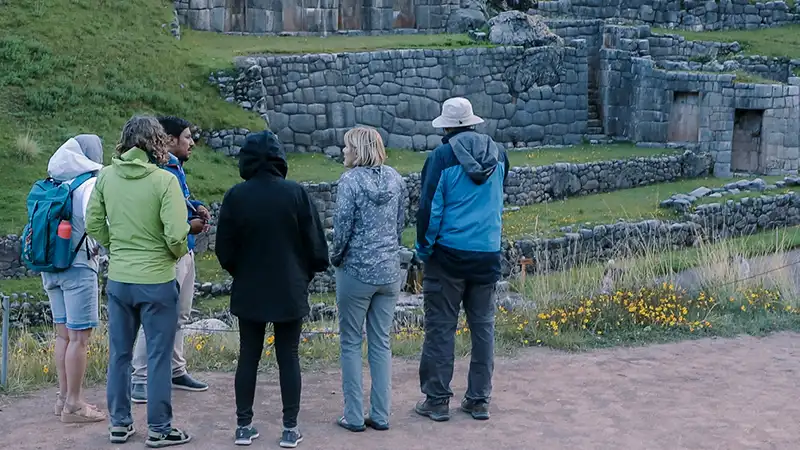All roads lead to Rome, here in Peru all roads lead to Machu Picchu, that is, there are several ways to reach the wonder of the world, but nothing compares to the Inca Trail, a challenge that will give you hidden Inca constructions and memorable moments that you will remember all your life. but what is the story behind the Inca Trail?, is it worth it?
A network of roads strategically built through the Andes and Peruvian Amazon, which in turn passes through different climates along the way. It is often frequented by hikers and adventurers to escape from their daily lives.
All about the Inca Trail Hike to Machu Picchu
What is the Inca Trail?
The Inca Trail is the only hike in the world that leads you to a wonder of the world. It is a 40 km (25 miles) route on the classic Inca Trail but it all depends on how long your Inca Trail lasts, meaning the amount of days you choose; there are hikes from 1 day to 7 days to finish in Machu Picchu. It is considered one of the most famous treks in the world because it perfectly combines nature with the Inca constructions hidden in strategic locations.
The function of the Inca trail was to keep communicated all the territory covered by the Inca empire. It even served as a trade route in a town where the exchange of resources was constant.
A Short History
- Most of its construction of the Inca Trail was during the rule of Emperor Pachacutec in the XV century. Where its huge connection was with the main cities of the Inca empire.
- In the Quechua language its name was "Qhapac ñan" which has the meaning of main road or road of the powerful. The Inca Pachacutec himself used the road network to travel to different parts of the empire.
- The length of the Inca road reached to neighboring countries such as Bolivia, Ecuador, Argentina and Chile.
- In 1537 the battle of Ollantaytambo took place where the Inca forces defeated the Spaniards led by Hernando Pizarro. Despite their victory, they took refuge in the jungle of Vilcabamba and during their retreat, Manco Inca ordered the destruction of some trails and bridges to avoid the persecution of the Spaniards.
- In 1915, Hiram Bingham (the rediscoverer of Machu Picchu), in his search for Vilcabamba until his death, consequently thought that Machu Picchu meant that city. Bingham made excavations on the Inca Trail and its archaeological sites but starting from Machu Picchu and ending at the beginning.
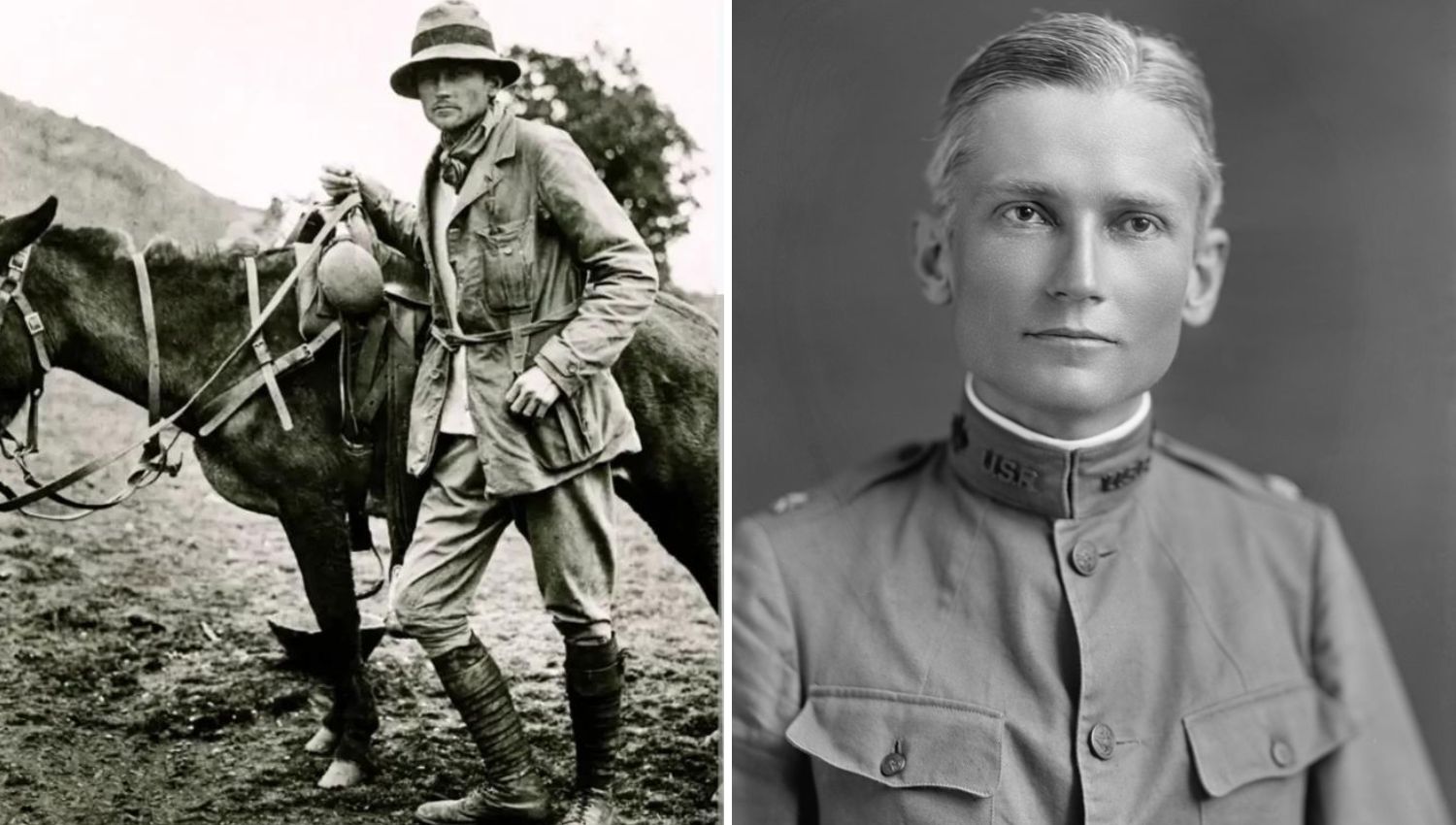
How difficult is the trek?
Let's be honest, the Inca Trail is really difficult but not impossible. You just have to follow some basic and important recommendations. There is no age limit, people over 60 years old have been able to finish it with great success. And many of them have recommended having it on a bucket list.
Is the Inca Trail worth it?
The challenging Inca Trail has a particularity, people who accept the challenge, sometimes in the middle of the way usually give up, but once they reach Machu Picchu, it's as if their thinking becomes different. They feel that they can overcome any challenge, even those challenges that are part of life itself.
It's not just an ordinary hike, it's a rewarding challenge full of breathtaking views and unimaginable constructions. Where you will find steep trails but once at the top, unforgettable scenery awaits you that is worth taking a picture of.
To really make the Inca Trail worth it, it is necessary to have an adequate team of specialists and materials prepared for camping so that you can only concentrate on enjoying the hike and its history, in other words, you will need an authorized tour operator. In addition, it prohibited the Inca Trail from being done without an authorized company.
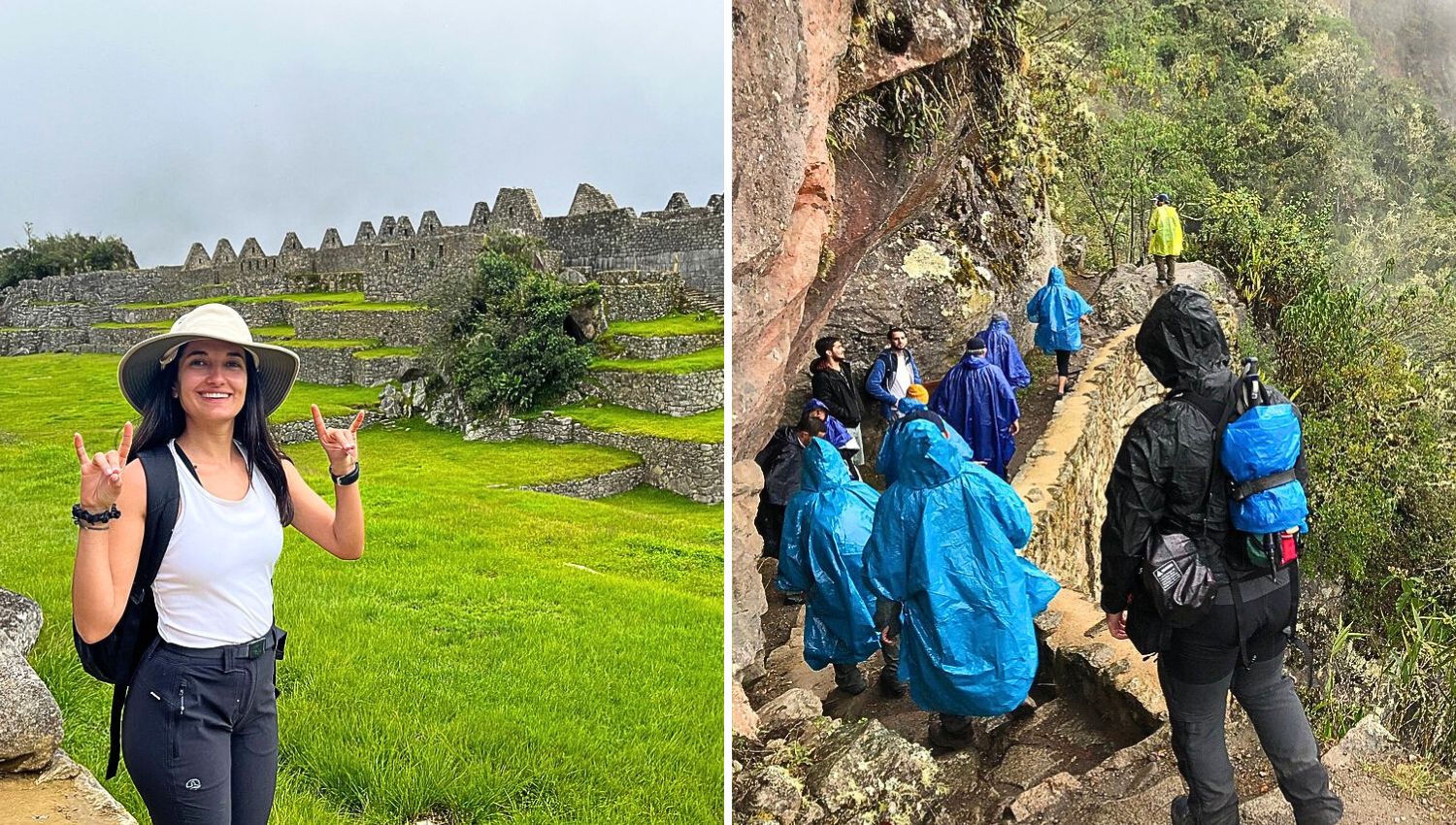
Archaeological sites you will see in the Trek
Llactapata:
Its name comes from the Quechua "Llacta" which means city and "pata" means height. It consists of one hundred houses constructed on agricultural terraces. There is evidence that the cacique or captain of Manco Inca ordered the construction. Then, Manco Inca decided to burn Patallacta to avoid Spanish persecution, so the Spanish never discovered the Inca Trail.
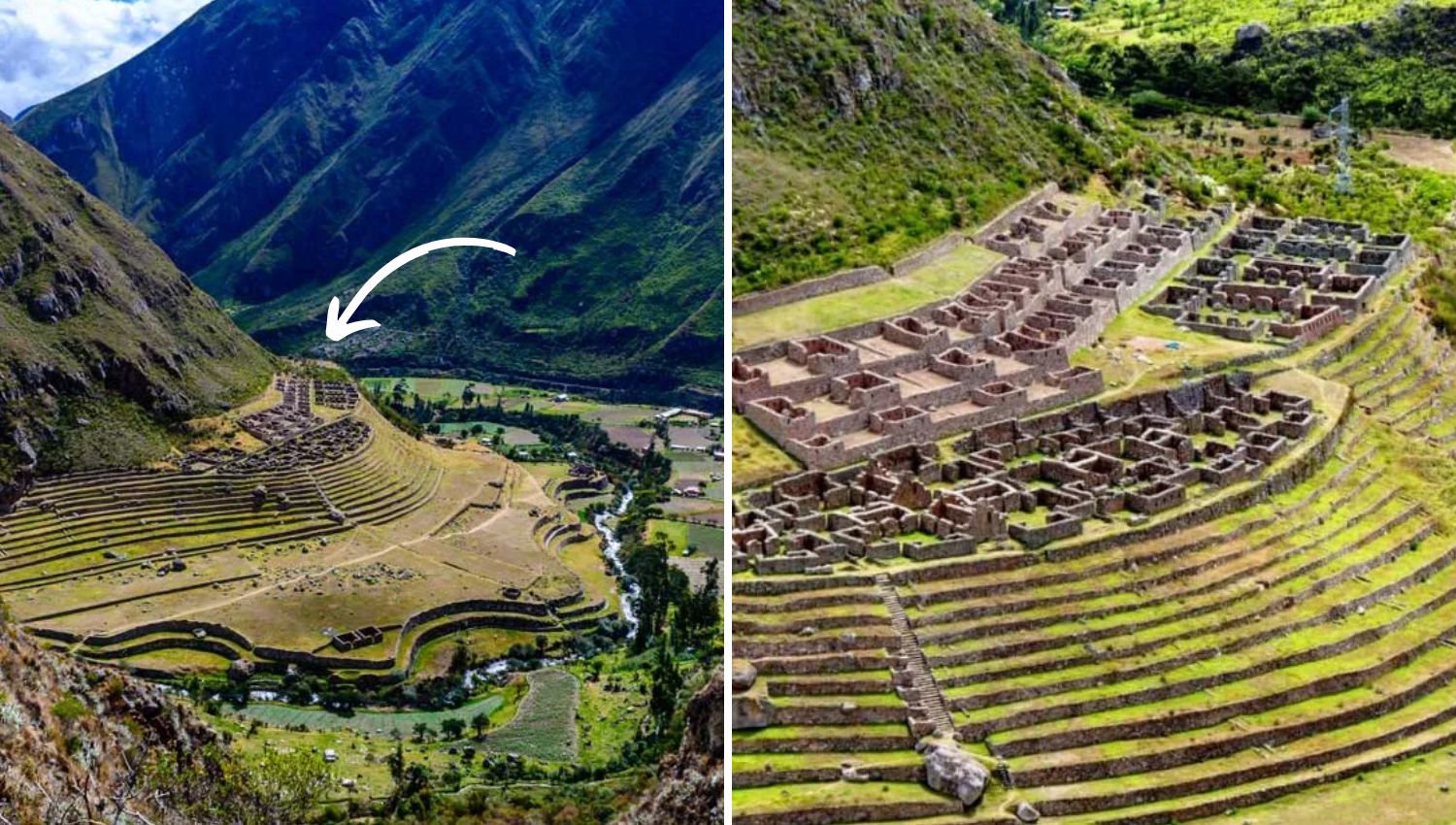
Sayacmarca:
A religious archaeological site built on the edge of cliffs as well as a large platform site. Only during the four-day Inca Trail tour you will visit it. In Quechua it means "Standing Town" or "Dominant Town". So, American explorer and professor Hiram Bingham discovered it.
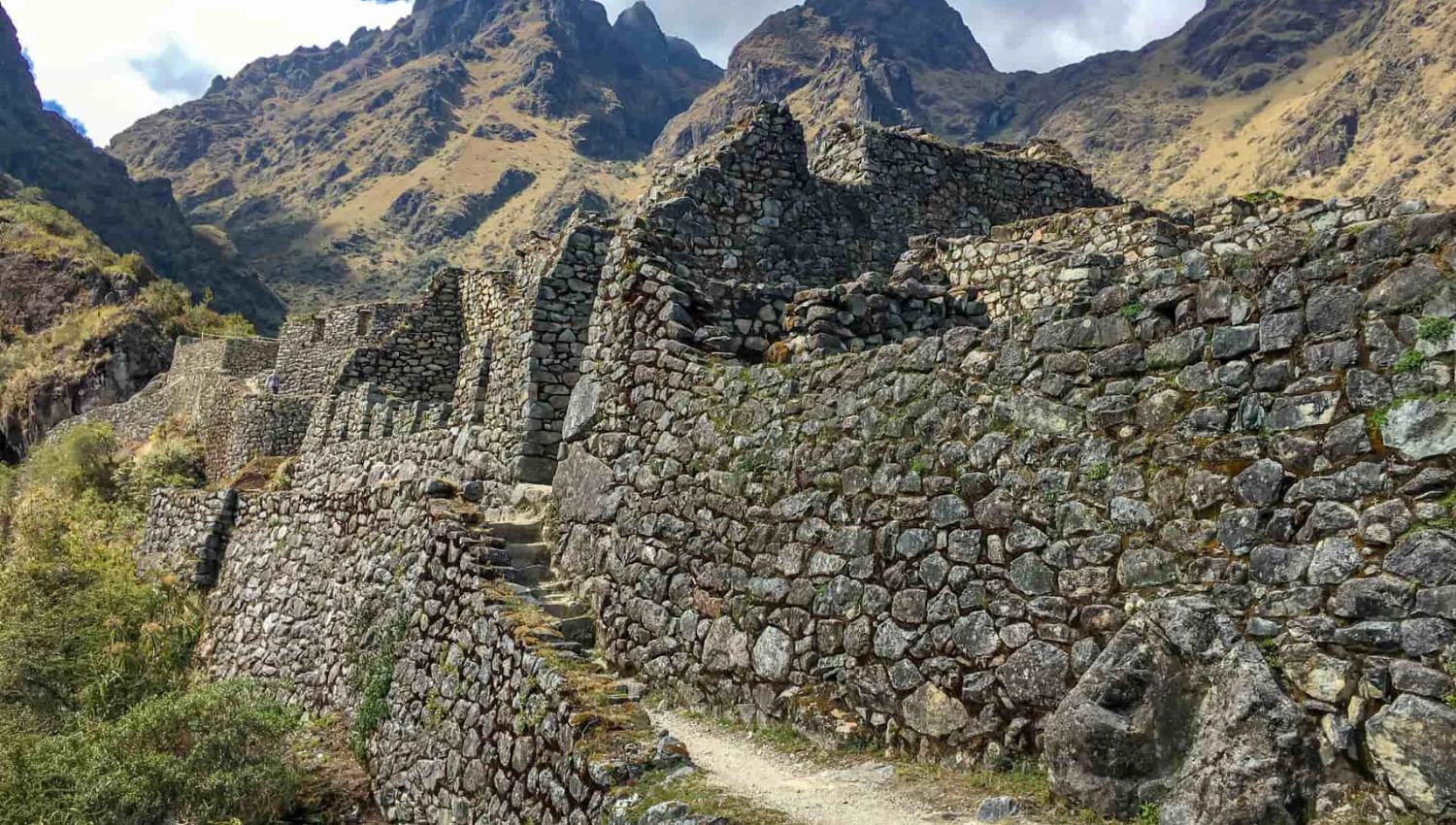
Runkurakay:
A ceremonial site on the Inca Trail route, which you will visit on the second or third day of the trek and has an altitude of 3,760 meters above sea level. In the past, it served to control the passage of hikers. What stands out most is the semicircular shape of its construction, with enclosures and niches.
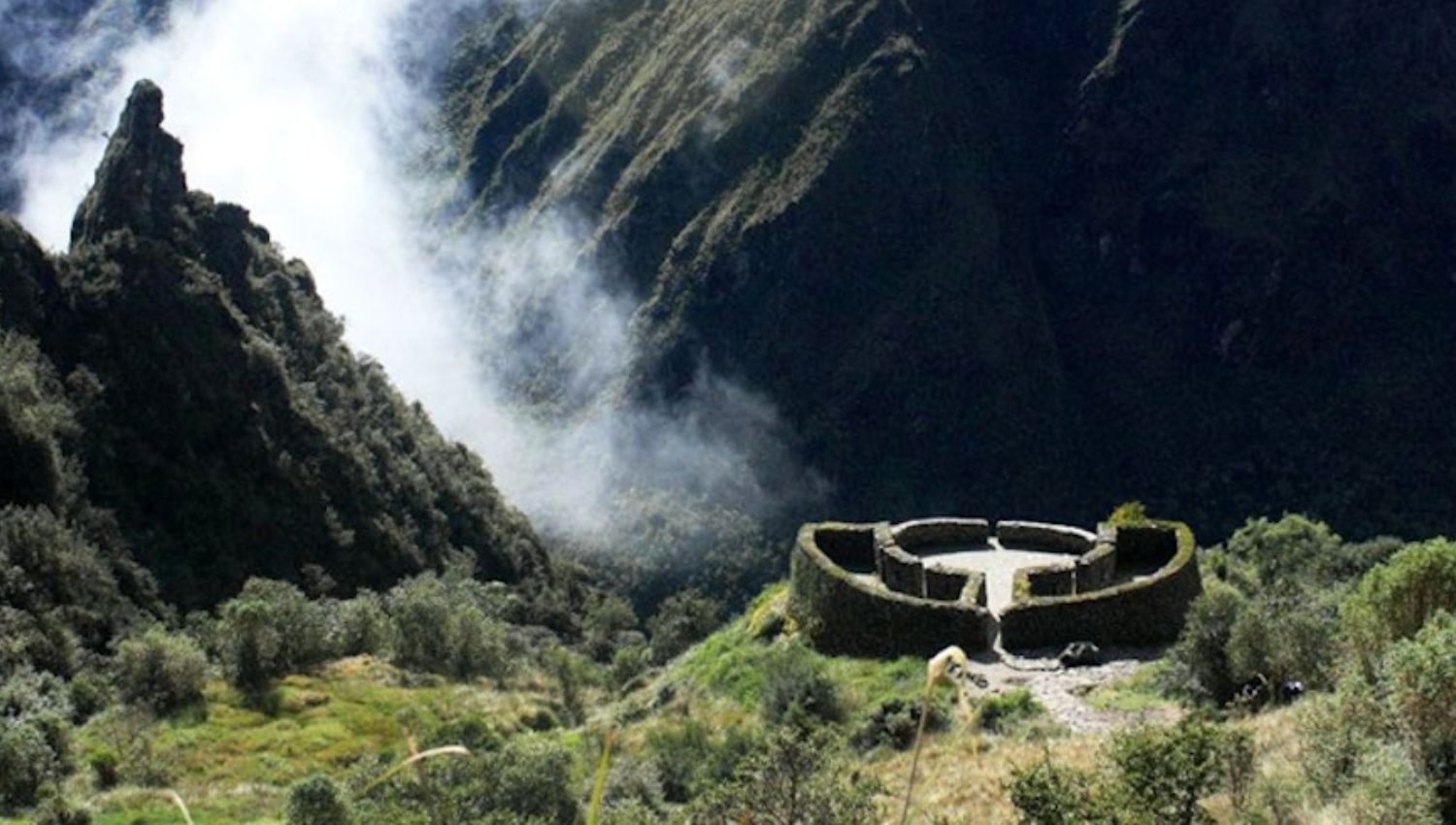
Phuyupatamarca:
"Place above the clouds" is its meaning in Quechua, because it is on a mountain surrounded by fog. It was an urban and religious center with agricultural terraces. Its architecture is with retaining walls, small squares, ceremonial fountains and water channels. The area has molles and eucalyptus trees, as well as orchids and birds such as hummingbirds and turtledoves.
Intipata:
In the archaeological site you can appreciate its enormous agricultural terraces. Its meaning in Quechua is "Place of the sun" or "Terrace of the sun". A place of vigilance of the Inca Trail to Machu Picchu. Its elevation is 2840 meters above sea level. You will find an impressive view of the Urubamba valley and the Vilcanota River. You will feel a tropical and humid climate with temperatures averaging 23ºC during the day and 4ºC at night.
Wiñaywayna:
Forever young, this is what it means in Quechua, possibly because of the abundance of orchids in the area. When you visit you will be surprised by the beauty of its landscape, similar to that of Machu Picchu. You will explore constructions such as the Inca's house, the tower, ritual water fountains and cultivation terraces. According to its history, it was discovered by Hiram Bingham in 1911.
Intipunku:
When you arrive you will have the first view of Machu Picchu, you could take a great photo with a background of the wonder of the world from another angle. In Quechua it translates as Gate of the Sun, where it functioned as a checkpoint for people entering and leaving the citadel. During the summer solstice, the sun's rays appeared in this place. Its altitude is 2745 meters above sea level.
The Trek You Must Do
It is a 4-day trek where you will live a life-changing experience when you arrive at Machu Picchu. It is the only trek in the world that leads you to a wonder of the world. Where nature is perfectly combined with archaeological sites hidden in the jungle. Let yourself be thrilled with the Inca legends and the stories behind the constructions. Be transported to the ancient world and forget everything, because the energy of the Inca Trail is unique.

